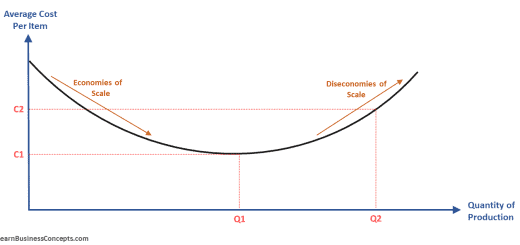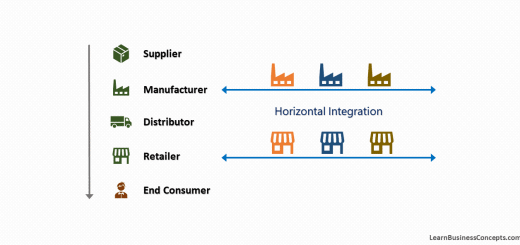Vertical Integration Real Examples in the United States
Real Industry Examples for Vertical Integration in the United States
The goal of vertical integration is to expand and gain control of the entire supply chain. This refers to the process of acquiring or starting the business operations within the same production vertical to take control over one or more stages in the value chain.
Many corporate giants in the US followed the vertical integration method to expand their business. Following are the real industry examples for vertical integration in the United States,
1) Disney Introduced Disney+
The American multinational entertainment giant, Walt Disney Company was started as a movie production company. The Walt Disney Company introduced Disney+ in 2019, which enables them to stream on-demand videos directly to their end customers.
Read More: Disney+ and the Streaming Revolution
2) Vertical Expansion of Apple Inc
Technology giant Apple was founded in 1976. Apple started as a company that sells computer hardware. Their first computer was Apple 1, which was just a motherboard without a monitor or keyboard. Eventually, the company was expanded vertically in developing its software and supplementary devices, without relying on external suppliers.
Read More: Article Published by Investopedia.com on “How Did Apple Get So Big?”
3) McDonald’s acquired Dynamic Yield to improve their Digital Customer Experience
In 2019, American fast-food giant McDonald’s acquired a tech company called Dynamic Yield. The company was planned to improve its digital customer experience touchpoints with this acquiring. The technology allows menus at McDonald’s drive-thrus to change based on various factors such as weather, current traffic, and more.
Read More: Dynamic Yield Joins the McDonald’s Family
4) Expansion of Amazon to the Book Publishing Industry
Amazon started in the United States of America as an online book retailer (internet bookstore) in 1995, procuring books from publishers. Amazon started “Amazon Publishing” in 2009 which allows them to publish books on their own. After the above expansion, Amazon may profit both as a publisher and as a bookseller if a reader buys one of its titles.
Read More: “The Amazon Publishing Juggernaut” – Article Published in The Atlantic, “How To Self-Publish Your Book Through Amazon” – Article Published in Forbes
5) Carnegie Steel Company constructed its Own Blast Furnaces
Carnegie Steel Company is an American steel-producing company. The company needs ‘coke’ to produce steel. Several nearby suppliers own ‘blast furnaces’ to produce coke. However, these suppliers were unable to consistently meet the demand for Carnegie’s mills. Then the company moved to construct its own ‘blast furnaces’ for coke production, cutting out the dependency on their suppliers and ensuring reliable and cheap supply.
Read More: Article Published about “Carnegie Steel” in Harvard Business School Digital Initiative
Recommended Articles:
- Vertical Integration


